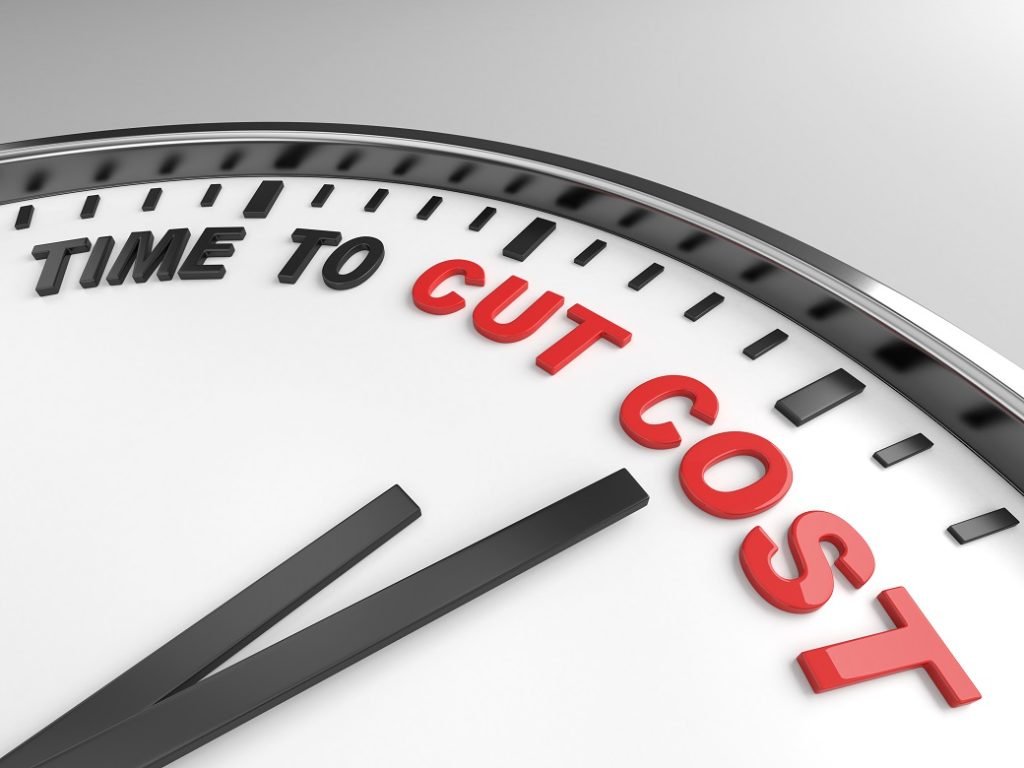Harvest strategy defined
What do you think when you hear harvest? Most people will think about farmers who tended on their crops from a few weeks to even months. For instance, farmers who grow sweet corn wait anywhere from one to two months before they harvest them. And when we say harvest, we mean that they have to uproot or remove that corn physically from the main plant. These corns will be sold, and that is how a farmer generates income for his hard work.
This idea is nothing different from a strategy in business and marketing. Harvest strategy means reducing, terminating, or uprooting an investment so that the entities involved can reap what they sow. The entities generate the profits they have been tending. This is done most of the time after the product’s life cycle, especially when the investments do not seem to produce revenue anymore.
Tell me more about harvest strategy.
Products in investments go through different stages. We call the latter part the “cash cow” stage. This is the end of a product’s life cycle. During this time, products are not most likely to produce any more benefits regardless of any additional effort and investments. Hence, no further investment is needed because the asset is already paid in full. This is where the harvesting strategy enters the picture. It makes sense to terminate the investment instead of not doing so then let the product reach a decline stage. So, this strategy might be a wise decision to experience the maximum benefits and returns. The returns that entities get from harvesting will be used to develop and distribute new products or advertise and market existing ones that can grow in the future.
Let us cite an example.
Imagine this: a milk chocolate company launched their new toffee product last year. However, they want to create a new set of flavors and products such as chocolate with almonds, matcha flavored candy, and the like. Now, companies need to come up with a harvest strategy to do this. They will have to terminate the toffee because it consistently does not meet the target sales.
Famous and established companies can rely on their stature. Hence, they will let their brand or name increase their sales, so they do not have to shell out more funds for marketing costs and advertisements. Cutting these costs will give them a chance to develop new products. Companies have different ways on how they do cost-cutting, and these include reducing capital expenses and operations expenses. When we say capital expenses, an example may consist of buying new equipment. Companies may opt to eliminate this since the product is ending anyway.
Another view on harvest
We know that the world is becoming more modern every day. Hence, many products get obsolete. For instance, floppy disks are now obsolete, and flash drives are what we use today. Before we had clocks, we had hourglasses. It is what we mean when we say technological advancements. When these happen, companies engage in harvest strategy to eliminate products slowly. Another reason that we can think of is when a product does perform well. So, it does not meet the sale goal, and the company decides to remove it from the portfolio.
Where do we usually see the harvest strategy?
Do you remember those times when Apple Inc.’s iPhone 6s and iPhone 6s plus were the latest and hottest phones? Today, Apple is thinking about making them obsolete to use the funds in making newer models. A harvest strategy is very prevalent on electronic gadgets like computers and cellphones because they quickly get outdated.





